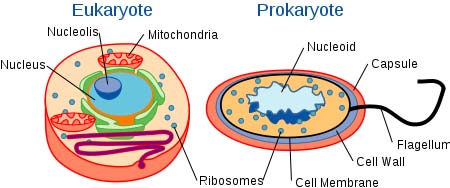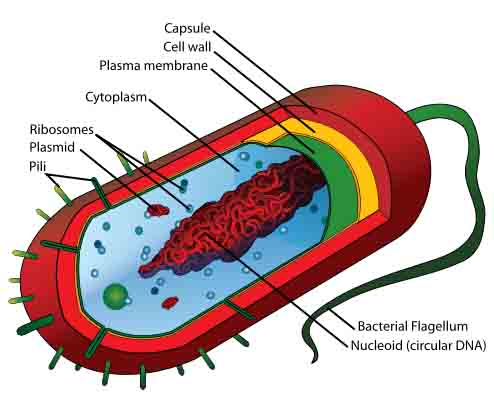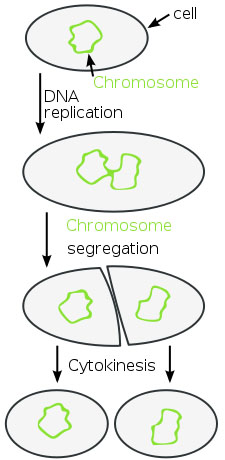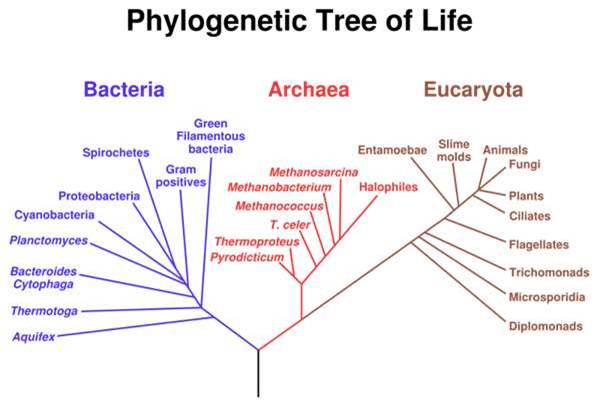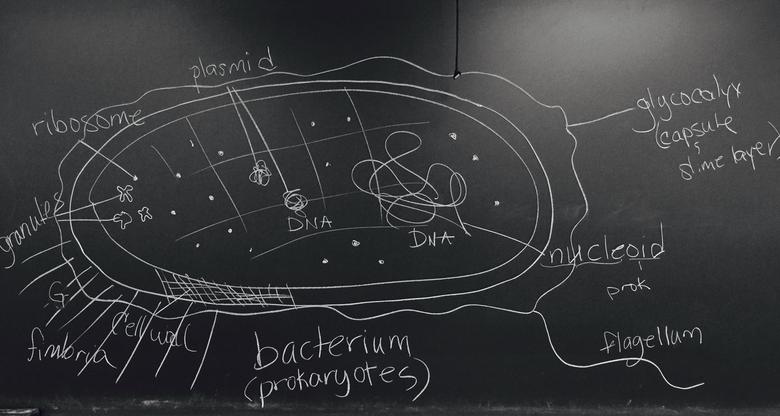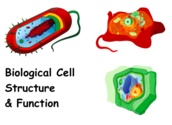 | ||||
Prokaryotic and Eukaryotic:
Two Basic Types of Biological Cells
Article Summary: There are only two basic types of cells, primitive prokaryotes and the more complex eukaryotes. Here are the main features that distinguish these cell types.
Prokaryotic & Eukaryotic: Two Types of Biological Cells
Features of Prokaryotes
Pro = “before”, karyon = “nucleus”
Prokaryotes are primarily distinguished by the fact that they lack the eukaryotic feature of a membrane-bound nucleus. In fact, the only membrane in prokaryotic cells is the plasma membrane--the outer boundary of the cell itself. Their genetic material is naked within the cytoplasm, ribosomes are their only type of organelle.
Only a few hundred years ago it was believed that living things could spontaneously generate, moment by moment, from non-living matter. We now know better. Living things are made of cells, and cells come from other cells.
SPO VIRTUAL CLASSROOMS
 | ||||||
Page last updated: 3/2016
Two Basic Types of Cells
Prokaryotic cells are evolutionarily ancient. They were here first and for billions of years were the only form of life. Today most life is prokaryotic, and these cells are supremely successful. All bacteria and bacteria-like Archaea are prokaryotic organisms. Eukaryotes can be single celled or multi-cellular organisms. Eukaryotic cells are more complex, having evolved from a prokaryote-like predecessor. Most of the living things that we are typically familiar with are composed of eukaryotic cells; animals, plants, fungi and protists.
Labeled diagram of a generic prokaryotic cell. For a practice assignment on diagramming a prokaryotic cell Click Here.
Binary Fission
Modern prokaryotes, represented by the domains Archaea and Eubacteria, are single celled organisms that reproduce through binary fission, duplicating their genetic material and then essentially splitting to form two daughter cells identical to the parent.
Check out a more detailed description of the Parts of a Prokaryotic Cell.
 | ||||||
 | ||||
Science Prof Online
has several
Virtual Classrooms
including:
(15 week)
(15 week)
(8 week)
(8 week)
(15 week)
